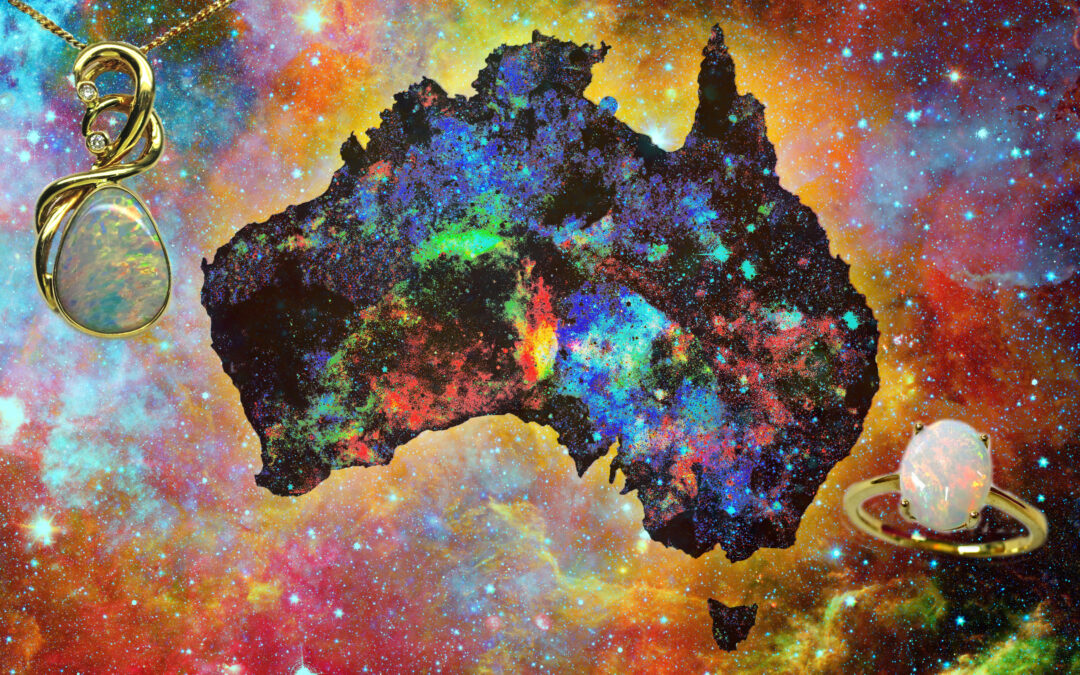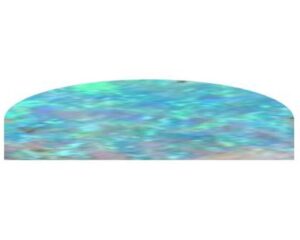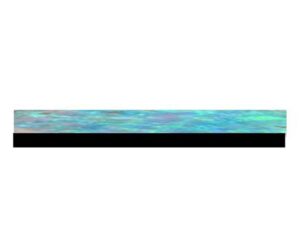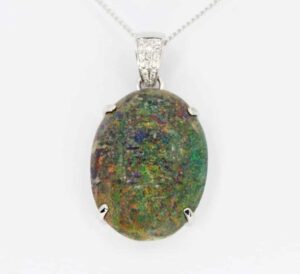This article educates the reader about what opals actually are. Read how to differentiate opal types and values, plus discover some fun opal facts!
Learn About Opal
Buy Opal HereKnow The Difference Between Solid, Doublet and Triplet Opals
SOLID OPAL
(The whole stone is a solid piece of genuine opal)
DOUBLET OPAL
(A slice of genuine opal glued onto a black backing)
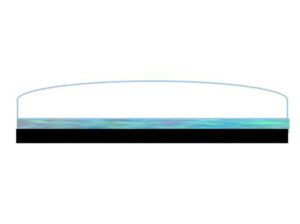
TRIPLET OPAL
(a thin slice of genuine opal glued in between a black backing and clear quartz capping)
Solid stable opal can be worn as daily jewellery and in water. Unstable, treated, enhanced, doublet or triplet opals are best to avoid water or harsh chemicals.
What is Opal?
Opal is a form of hydrated silica (SiO₂·nH₂O). This silica “gel” fills small fissures/voids within the Earth which creates opal once hardened. Each precious opal contains an average of 6-10% of water and an organised array of silica spheres/voids. A regular arrangement of these silica spheres/voids diffract white light breaking it into different colour spectrum. The diameter and spacing of them determines the colour range of the opal. Small spheres produce the colour blue. Whereas large spheres produce red. If the spheres/voids are irregularly arranged, too small or absent, this type of common opal will have no colour and is called potch.
Types of Australian Opal
BLACK OPAL
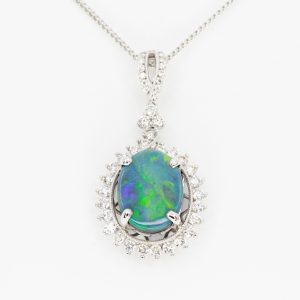
Black opal is the most rare and valuable. It produces the best play of colour. It comes from mainly Lightning Ridge in New South Wales. You can distinguish black opal by the blackness of the background known as body tone.
You can also get a slightly lighter body tone variety called Dark or Grey Opal. These can be found in Mintabie and Lightning Ridge.
WHITE OPAL
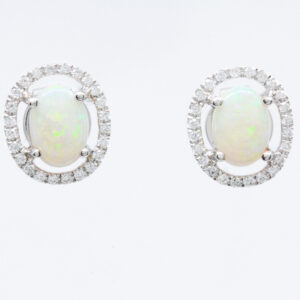
White opal is a common and more affordable form of opal. It can be found at all Australian opal fields but the bulk of it comes from South Australian fields such as Coober Pedy, Mintabie and Andamooka. It was also mine in White Cliffs back in 1887. White opal is distinguished by the lightness of the body tone.
CRYSTAL OPAL
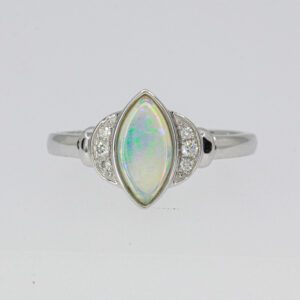
Crystal Opal is a transparent form of opal. High quality stones can show a distinct play of colour, even better when against a surface such as jewellery metals or against skin when worn. You can get crystal opal in both black and white body tones. It can be found in most Australian opal fields.
BOULDER OPAL
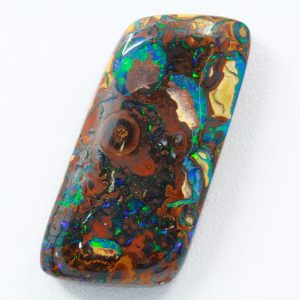
Boulder opal is unique as it naturally forms on a host rock. It sometimes is referred to as “a natural doublet opal”. It is mined predominantly in Queensland opal fields. You can distinguish boulder by the brown iron stone host rock attached to the opal. It can share the same darkness and brilliance as high quality black opal.
MATRIX OPAL
There are two types of Australian matrix opal. Boulder matrix opal is found in Queensland. It is intimately diffused with the brown iron stone resembling a glitter appearance on a dark background. Andamooka matrix opal has the opal intimately diffused with sandstone. This resembles a glitter appearance on a light background if left untreated. However, this type of matrix opal is very often treated to turn the material dark and enhance the colours to make it resemble black opal.
FIRE OPAL
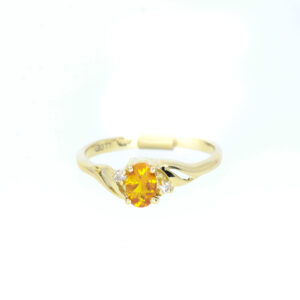
Australian fire opal is formed exothermically rather than sedimentary which the other Australian opals are. It is found near Kalgoorlie in Western Australia. It was only recently discovered in 2013 so mining is very limited. It is very transparent so it is often faceted rather than cabochon-cut and polished. The colours range from clear to red with a minimal play of colour compared to the other Australian opals.

Determining Opal Value
BRIGHTNESS
The brightness of colours is the most important factor in determining an opals value. The brighter the opal, the higher the value. It is graded using a scale from B1 to B9. B1 one is the most brilliant colour, where as B9 is a dull colour.
BODY TONE
The body tone is the background of the opal. A darker background is of higher value than a lighter one. It is graded using a scale from N1 to N9. N1 to N4 is considered black opal. N5 to N6 is considered grey opal. N7 to N9 is considered white opal.
COLOURS
The number of different colours can greatly affect the price. An opal containing every colour can be more valuable than one displaying only one or two. An opal changing to a contrasting colour, such as RED to GREEN, will have a higher value too.
PATTERN
There are many patterns opal can come in. Some much more rare than others. A geometric shaped pattern called harequin is the most rare and valuable. Other unique patterns such as broadflash, chaff, chinese writing, and mackeral also have great value.
SHAPE
Cabochon-cut opals typically will have a higher value than opals with a flat surface. Free form shapes are gaining popularity due to its’ more distinctive designs.
MARKS
Most opals will have sand in the back of the stones. This usually doesn’t affect value. However, marks or natural inclusions that are fairly noticeable to the face of the opal can affect the value.
History of Opal
Opal was first established as a gemstone by the Romans during the trading era. It was originally believed to be found in India so the Romans named it “Opalus” based on the ancient Indian word “Upala” meaning precious stone. Opal was valued above all other precious stones and quickly earned the nickname “The Queen of Gems”.
A lot of the early sort after opal came from open-cut mines in Hungary. These opals were the only source of opal in Europe until the Spaniards returned with fine Aztec opal samples from the New World. During the great depression the demand for opal diminished and the Hungarian open-cut mines closed for a period of time and reopened again as underground mines. The discovery of Australian opal was originally suppressed because the Hungarian mines couldn’t believe opal with such brilliance could exist and deemed it to be fake.
The first Australian common opal was discovered by Johannes Menge, in 1849, near Angaston (South Australia). Mining of precious opal began at White Cliffs (New South Wales) in 1890, Opalton (Queensland) in 1896, and Lightning Ridge (NSW) in 1905.
Opal was discovered at Coober Pedy (South Australia) in 1915 by a teenage boy prospecting for gold with his father. Mining began around 1920 and Andamooka (SA) began mining in 1930.
In 2013, fire opal was discovered approximately 600kms north of Kalgoorlie, Western Australia. It is Australia’s only exothermically formed opal. Mining is still becoming established.
Australia is currently producing more than 95% of the World’s opals. Other sources of opal come from Mexico, America, Brazil, Indonesia, Ethiopia, Peruvia, Slovakia, Tanzania and Honduras.
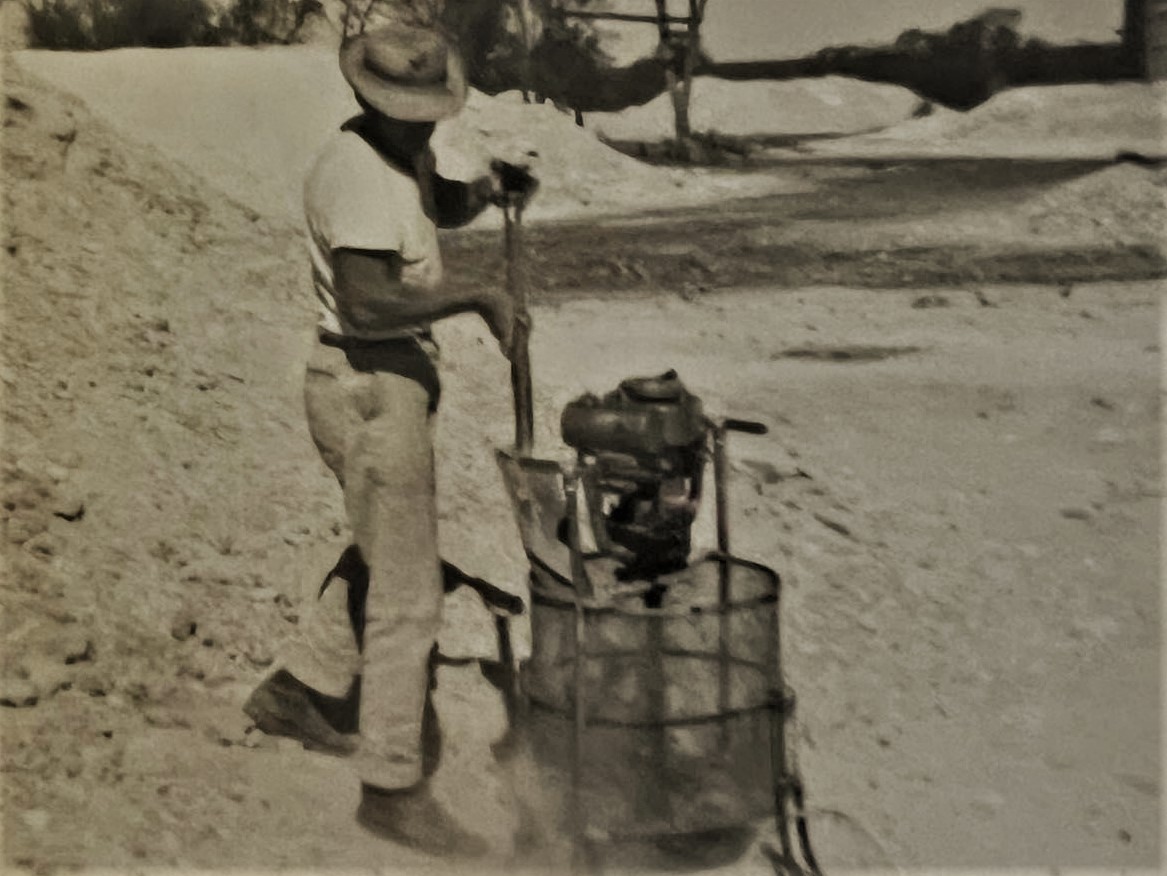
Myths and Facts About Opals
Myth: Opals are bad luck.
Fact: When opals were first discovered in Australia, diamond traders were concerned opals would become more popular than diamonds due to the unique brilliance our opals have. To make sure this didn’t happen they got their wives to spread a “Wives Tale”. Opal has actually been considered to bring good luck to the wearer and has been prized by many civilisations. Top quality Australian black opal can actually have a higher price per carat than diamonds!
Myth: All opals can’t get wet.
Fact: Solid stable opal can get wet! This myth was derived from the production of assembled opals such as doublets and triplets. These opals can discolour or separate if routinely submerged in hot soapy water. This happens due to the glue dissolving. Unstable opal (opal with visible cracks inside it) can be further damaged if consistently being taken in and out of water. This type of opal is best to be stored as a collectable specimen in a jar with water to keep it hydrated.
Myth: Opals are too fragile for jewellery.
Fact: Opal is 5.5-6.5 on the Mohs scale which is between the hardness of glass and steel. Yes it is on the softer side but with proper aftercare they will make wonderful additions to your jewellery collection! Just like all jewellery… you should avoid wearing them during hard labour, exercising, cleaning, gardening or any other rough activities you risk impacting the opal with hard surfaces. Remember, you can still break a diamond so treat ALL jewellery with care.
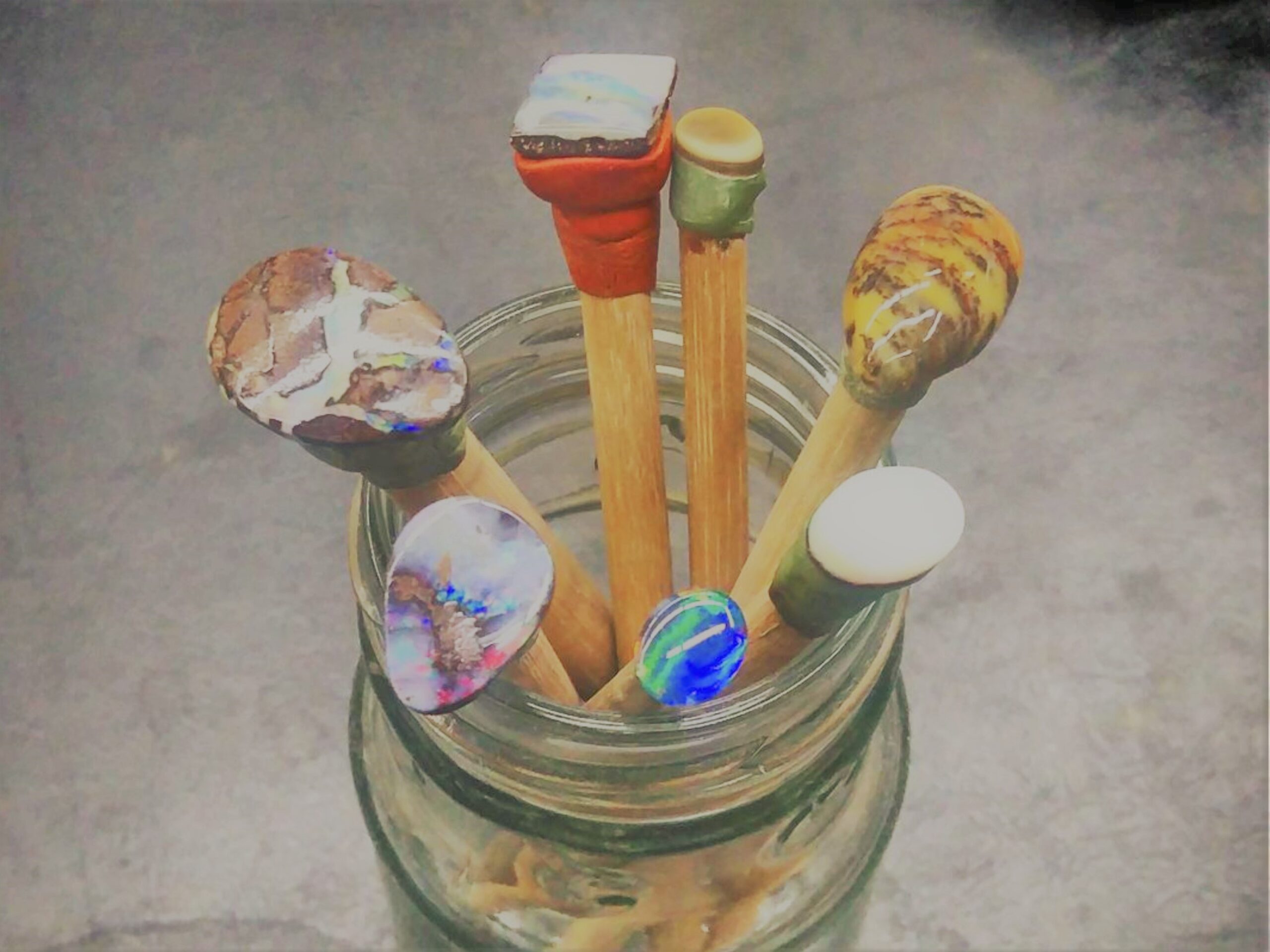



 Sign in
Sign in Cart
Cart